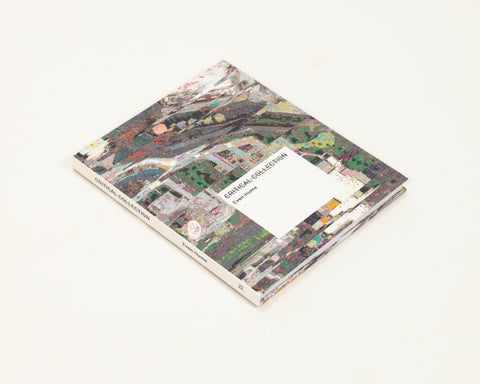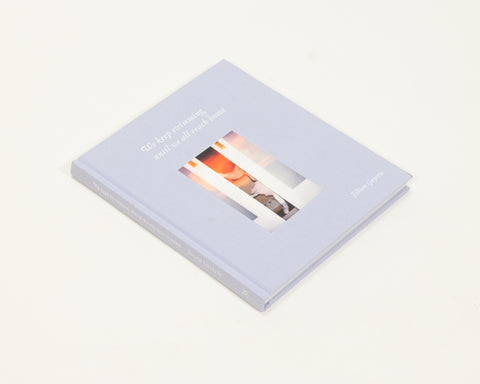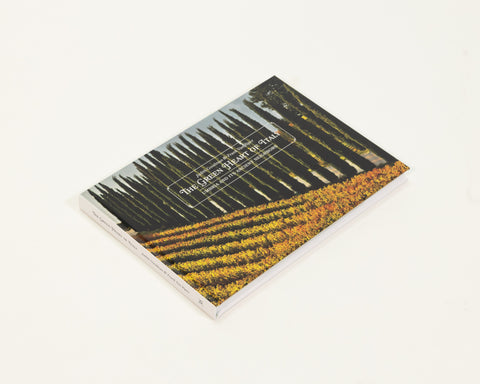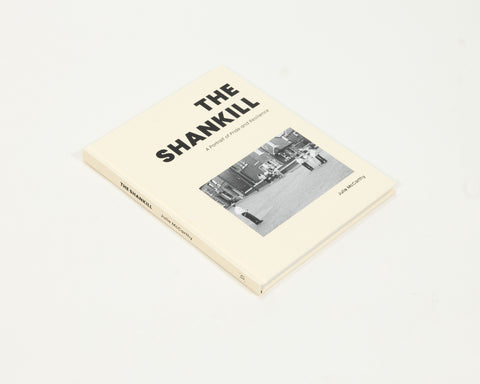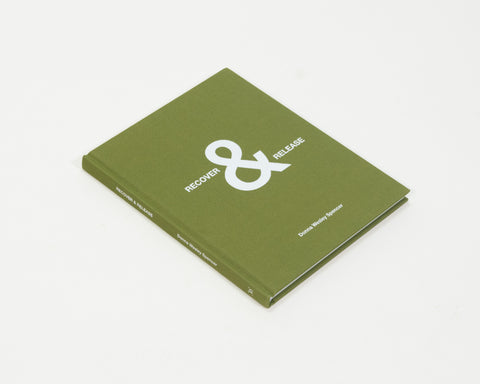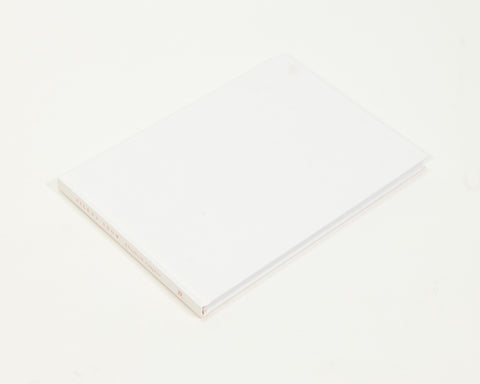Earlier in the summer, I caught up with New York artist Clifford Owens to talk with him about performance art, his relationship to photography and next steps....
Why do you not like to be called a performance artist? Is that not an apt description of what you do? Well, the term is kind of limiting in its description of the practice as it exists today. It is a title that art history recognizes, but like most categories it comes with potential for misrepresentation. My performances are not about performance art----they are about images.
When did you adopt performance as a means of expression? In 2000, I was doing research for my graduate thesis at Rutgers. I was struck by what I discovered (and had a hard time discovering) about Black performance artists and their practices. As a result, I have spent the last 12 years creating my own history, but that creation has largely been about photography. Performance art is a critical and crucial practice to understand and ultimately it is a history of photography. I never wanted to be a performance artist-I did not seek it out specifically as a practice. Younger artists work through every kind of media in the expression of ideas and I find a great deal of power in that mode of working.
When and how did photography become a medium for you? I have been making images since I was 14. Years ago, while working in the photography department with photojournalists at The Baltimore Sun, I was impacted by the ways in which pictures are constructions. I am not a photography purist though. I am an artist trying to say something. I am not married to any medium. My practice is about ideas. Currently, I am best known for performance art, photography and video. However my video work has not been widely exhibited.
Does the camera take an active or passive role? Generally a camera is passive until the operator asks it to record. In my work, film photography has a more active role while digital photography is more passive.
Is the camera a participant in the performance or simply a tool? The camera is not as much of a participant as it is a tool-an intermediary device that captures an interaction with an audience. The camera mitigates. Again, my performances are not about performance art. They are about creating images. I am always aware of the camera’s presence and what the camera will capture. This awareness coupled with an understanding of my body’s place and position is critical to making good images. Ultimately, the camera has limitations in conveying a live performance. There is no audio or peripheral view. The camera only captures a partial experience. The rest is about mythology.
Do you use film or digital? I learned about photography through pictures made with film. For my project, Photographs With An Audience (2008-present), I use film as a way of slowing down. The shutter release, film advance and time lapses to reload film are critical aspects of the overall experience as well as opportunities for the creative process to thrive. Film photography is also about mechanics and the passage of time.
Once, I capture the images on film, I scan negatives and have Lambda prints made. It is sort of an antiquated process. There are not that many labs that still produce this type of print.
I move between film and digital processes. Qualitatively, they both function at high levels. To the trained eye, there is a difference between digital and film imagery, but technology is lessening that gap. However, more depth is still apparent in images produced with film. That said, print photography is easy to love and hate. It is problematic. Moreover, Photoshop muddies the waters in our notion of reality in photographs. Although I use Photoshop to enhance subtlety, I do not want my images to have that veneer.
Is the resulting photograph a document of the performance or an independent art object? The ways in which I engage with the history and medium of photography are quite complex. Photography is an ephemeral practice of performance art. The recent marketability of performance art calls for a documentation of the experience, but that is not what I am doing. The images that originate from my performance work are discreet works of art. I make a distinction between photography and performance. That distinction moves between being very clear and not so clear, yet it exists nonetheless. I do not think that anyone has ever done this before. In July, I presented my 5th iteration of Photographs With An Audience at the Atlanta Contemporary Art Center in Atlanta, GA.
How do you reference the term documentary in your practice? I do not see documentary as a pejorative term, but it is not what I set out to do with the camera. Documentary photography is about a type of subjectivity. It communicates a social condition or truth. I am an artist and I use the camera to present a re-imaginate of what has been.
So, how did Anthology come about? Where did the name come from and how does it relate to your practice overall? When I was 18, I wrote a letter to artist David Hammons expressing my gratitude to him. Art school in the 1990’s was a lonely and devastating place for a Black kid from Baltimore. At the time, identity and multiculturalism were the dominant ideas and I struggled to find mentorship. I was never able to make a connection with David no matter how hard I tried. As a result, I decided that if I were ever on the other side of that scenario, I would make myself available to my community.
An anthology is an archive. Creating Anthology was an incredible and sometimes difficult task in addition to being my first New York museum (MoMa PS1) exhibition. Designed as a large installation comprised of a conglomeration of images and video, it stood as an attempt to make my position explicit and underscore the ephemerality of the practice of performance.
Although Anthology was never about me, it became about me because I did not know how else to do it, but I am passing it on now. That exhibition was an opportunity for me to say THANK YOU to those that have blazed a trail before me and PLEASE to the younger generations of artists that come after me. It is important for me to remember that no matter what progress we think that we have made, we have not come very far. That said, keeping a level of engagement with community by paying homage and passing the baton is critical to me.
Now that Anthology is complete, what’s next for you? Book? Exhibitions? I have my first book coming out soon-----Fall 2012. MoMA will publish Anthology somewhere between late October/early December 2012. This book will be a comprehensive, 200-plus page offering of scholarly essays by the Christopher Y. Lew, Assistant Curator, MoMA PS1, New York, John Bowles, Associate Professor and Director of Graduate Studies for Art History, The University of North Carolina at Chapel Hill, Chapel Hill, NC and Huey Copeland, Assistant Professor and Director of Graduate Studies for Art History, Northwestern University, Evanston, IL along with interviews with viewers of live Anthology performances, scores contributed for the exhibition and images. Anthology brings text, the oral tradition and photography together to grapple with how to invent and contextualize the history of Black performance artists and photography’s shifting ability to communicate a type of distillation of experience. As for upcoming exhibitions, I will be participating in Performance Now: The First Decade of the New Century curated by RosaLee Goldberg and Radical Presence: Black Performance in Contemporary Art curated by Valerie Cassel Oliver.
